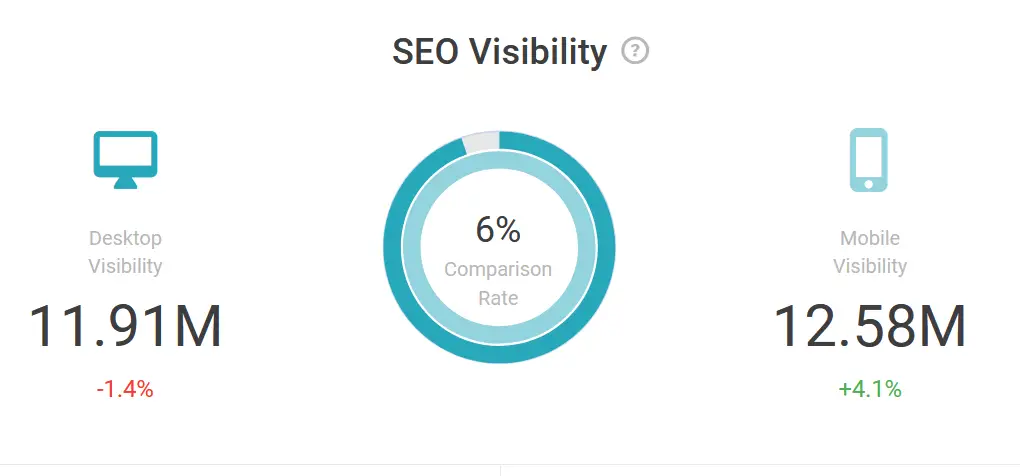Evaluating the Impact of CDNs on SEO and Online Visibility

Content Delivery Networks (CDNs) are distributed networks of servers that provide content to end-users with improved speed and reliability. They play a crucial role in search engine optimization (SEO) and online visibility.

Impact on SEO

1. Improved Page Speed:
CDNs cache static content (e.g., images, CSS, JavaScript) closer to users, reducing load times and improving page speed. Google prioritizes fast-loading pages in search rankings.
2. Reduced Bounce Rates:
Faster page speeds result in lower bounce rates. When users experience a seamless browsing experience, they are more likely to stay on the page and engage with its content.
3. Increased Crawl Efficiency:
CDNs distribute content across multiple servers, making it easier for search engine crawlers to access and index pages. Efficient crawling ensures that your website is discoverable in search results.
Impact on Online Visibility
1. Global Reach and Accessibility:
CDNs serve content to users worldwide, regardless of their location. This expands the reach of your website and improves its accessibility.
2. Reduced Server Load:
By caching content on CDN servers, you reduce the load on your own servers. This improves the stability of your website and ensures that it remains accessible during high traffic periods.
3. Enhanced Security:
CDNs provide security features such as DDoS mitigation and SSL encryption. This protects your website from malicious attacks and improves its security against data breaches.
Measuring the Impact
To evaluate the impact of a CDN on SEO and online visibility, track the following metrics:
- Page speed metrics (e.g., Core Web Vitals)
- Bounce rates
- Organic search traffic
- Keyword rankings
- Crawling efficiency
Use analytics tools such as Google Analytics and Google Search Console to monitor these metrics and identify any significant improvements.
Conclusion
CDNs can significantly enhance the SEO performance and online visibility of websites. By improving page speed, reducing bounce rates, and increasing global reach, they help businesses attract more organic traffic, improve user experience, and establish a stronger online presence. Regularly evaluating the impact of a CDN is crucial to ensure optimal performance and maximize its benefits.## Evaluating the Impact of CDNs on SEO and Online Visibility
Executive Summary
Content Delivery Networks (CDNs) have become increasingly crucial in enhancing website performance, scalability, and user experience. By distributing content across geographically dispersed servers, CDNs offer significant benefits for Search Engine Optimization (SEO) and overall online visibility. This comprehensive article delves into the multifaceted impact of CDNs on SEO, outlining key subtopics, practical implementation strategies, and best practices to leverage CDNs for optimal website visibility.
Introduction
In today’s competitive digital landscape, website speed, reliability, and accessibility are paramount for maximizing user engagement and search engine rankings. CDNs play a pivotal role in addressing these critical aspects by delivering content to users from the nearest server location, reducing latency and improving page load times. This not only enhances website performance but also contributes to improved user satisfaction, lower bounce rates, and increased conversion rates.
FAQs
Q: What is a CDN and how does it work?
A: A CDN is a network of globally distributed servers that cache and deliver content, such as images, videos, and web pages, to users based on their geographic location.
Q: How do CDNs improve website performance?
A: CDNs reduce latency by serving content from the nearest server, minimizing the distance data must travel. This results in faster page load times and improved user experience.
Q: What are the key benefits of using a CDN for SEO?
A: CDNs can enhance SEO by improving website speed, uptime, and accessibility, all of which are important ranking factors.
Subtopics
1. Website Speed and Page Load Time
- Reduces latency by serving content from nearby servers.
- Improves page load times, especially for users in remote locations.
- Enhances user experience and reduces bounce rates.
2. Uptime and Reliability
- Provides redundancy by hosting content on multiple servers.
- Minimizes downtime and ensures website accessibility.
- Improves search engine rankings by demonstrating consistent website availability.
3. Global Reach and Accessibility
- Expands website reach by delivering content to users worldwide.
- Improves user experience for visitors from different geographic locations.
- Facilitates international SEO efforts.
4. Image Optimization
- Automatically compresses and optimizes images for faster loading.
- Reduces bandwidth consumption and improves page load speed.
- Enhances user experience by making images load quickly.
5. Security and Protection
- Protects websites from DDoS attacks and other malicious activities.
- Encrypts data to safeguard sensitive information.
- Provides peace of mind and reduces website downtime caused by security breaches.
Conclusion
CDNs are indispensable tools for optimizing website performance, scalability, and user experience. By leveraging CDNs, businesses can significantly improve their SEO rankings, increase online visibility, and drive tangible business outcomes. Implementing a CDN is a strategic investment that can pay dividends in terms of improved website speed, enhanced user engagement, and increased conversions.
Keyword Tags
- Content Delivery Network (CDN)
- SEO
- Website Performance
- Page Load Time
- Online Visibility

